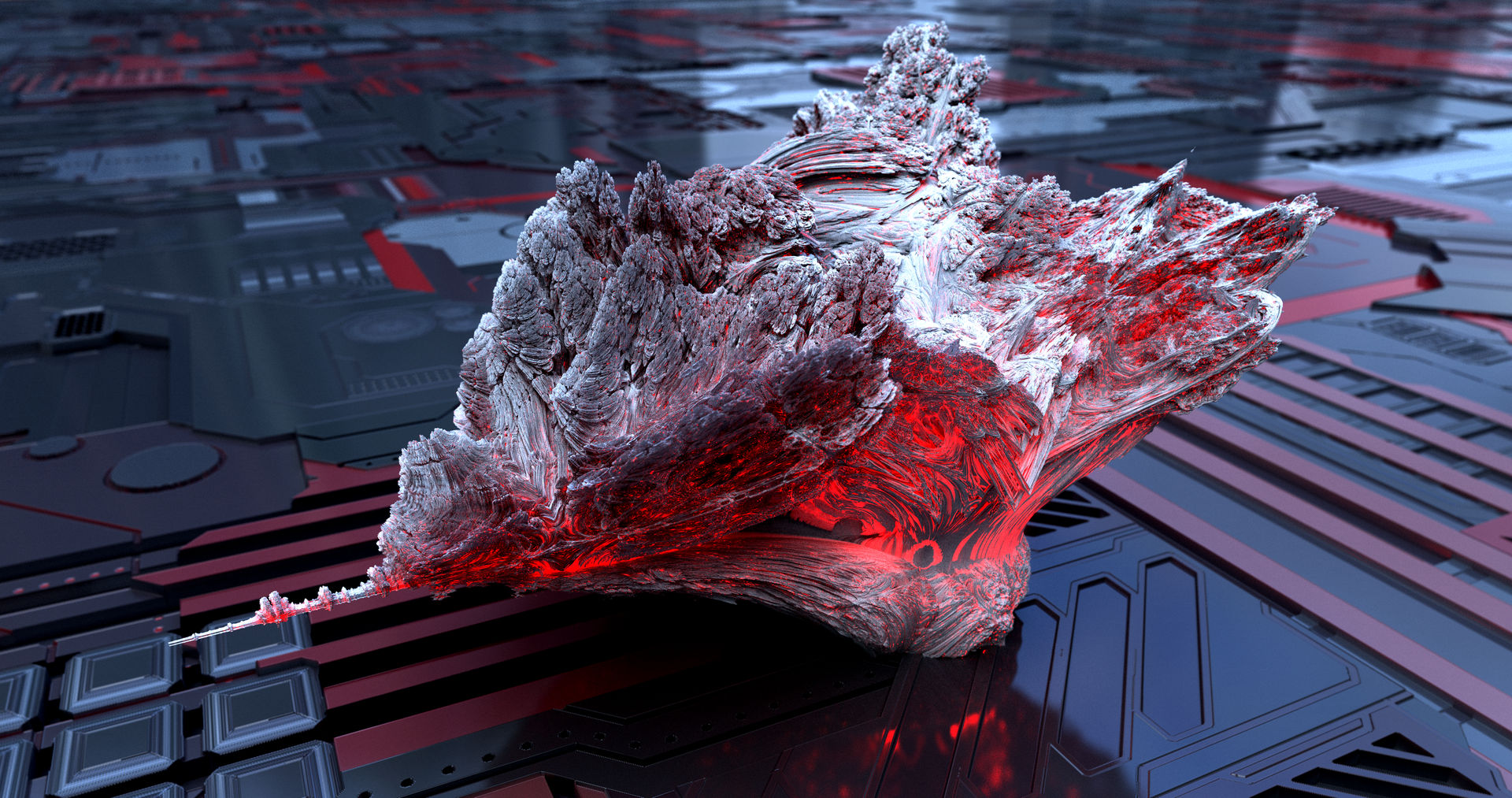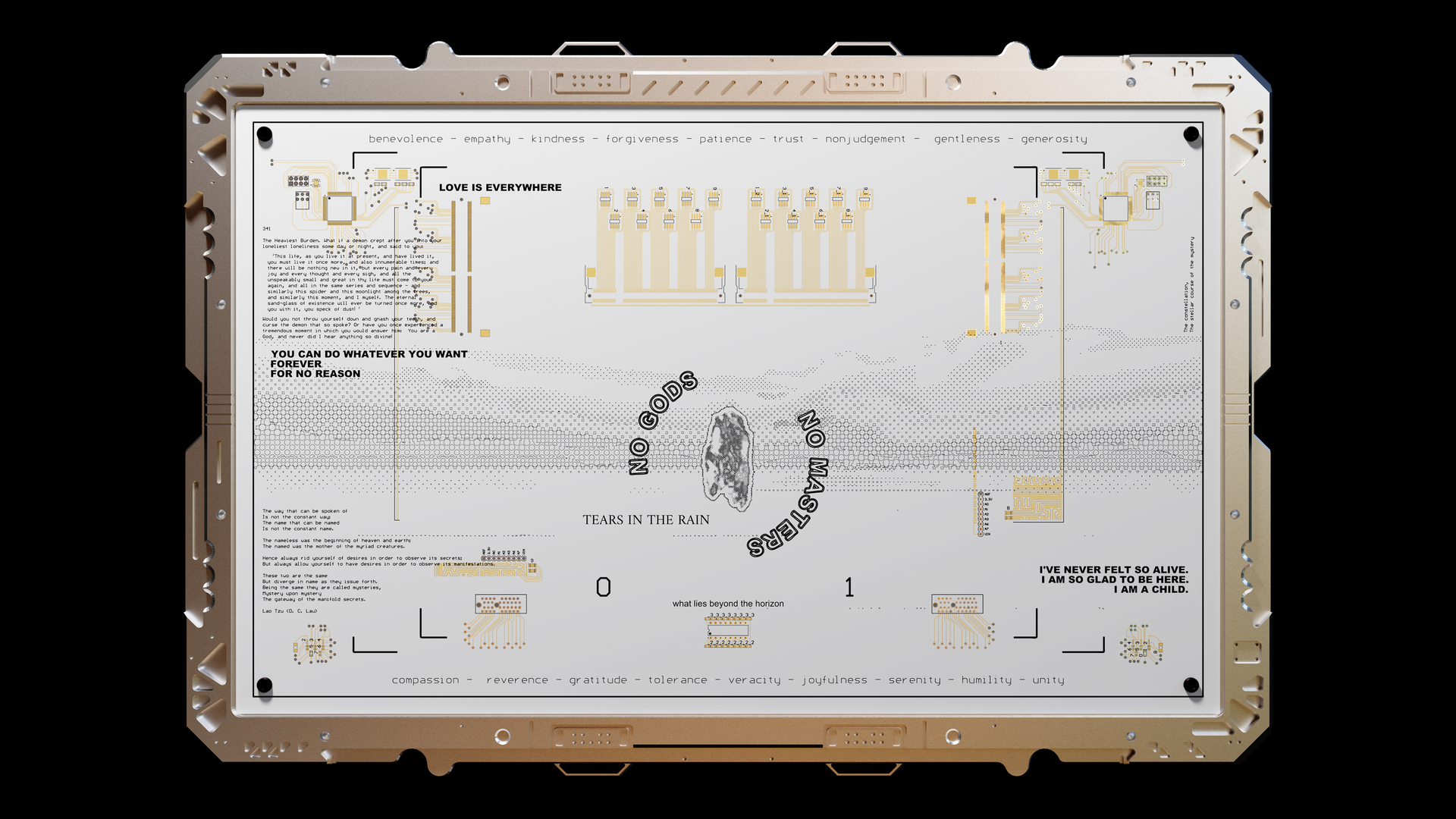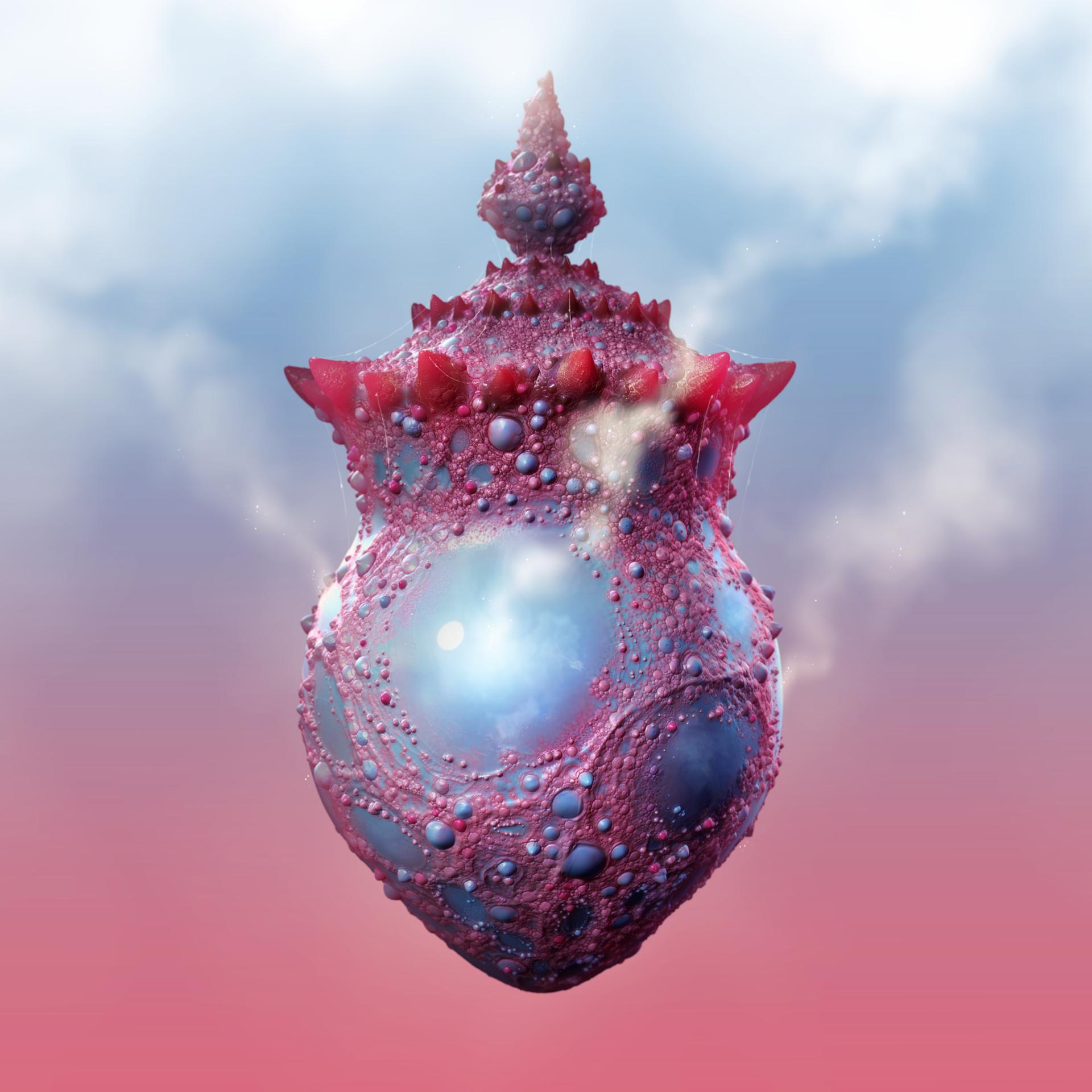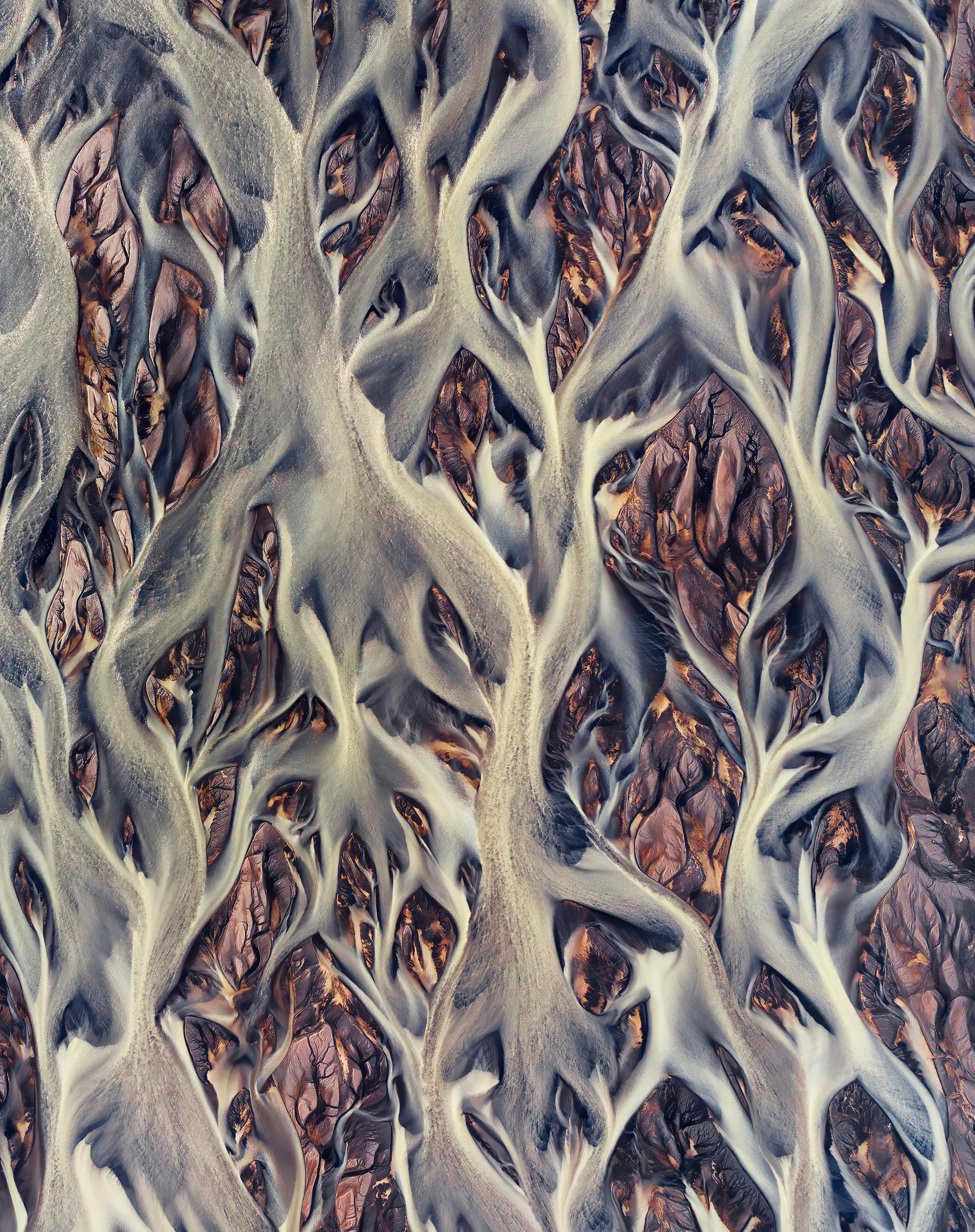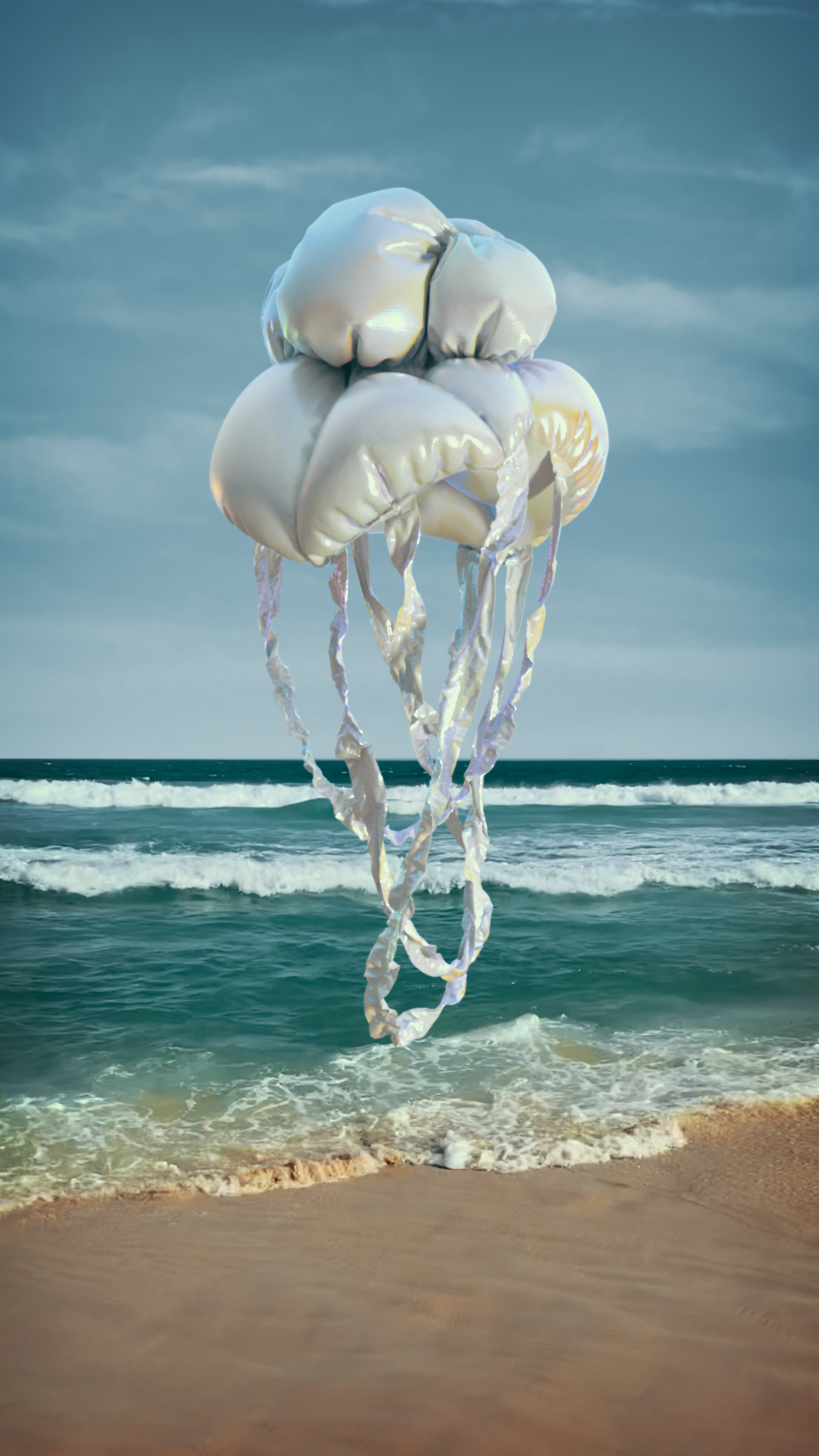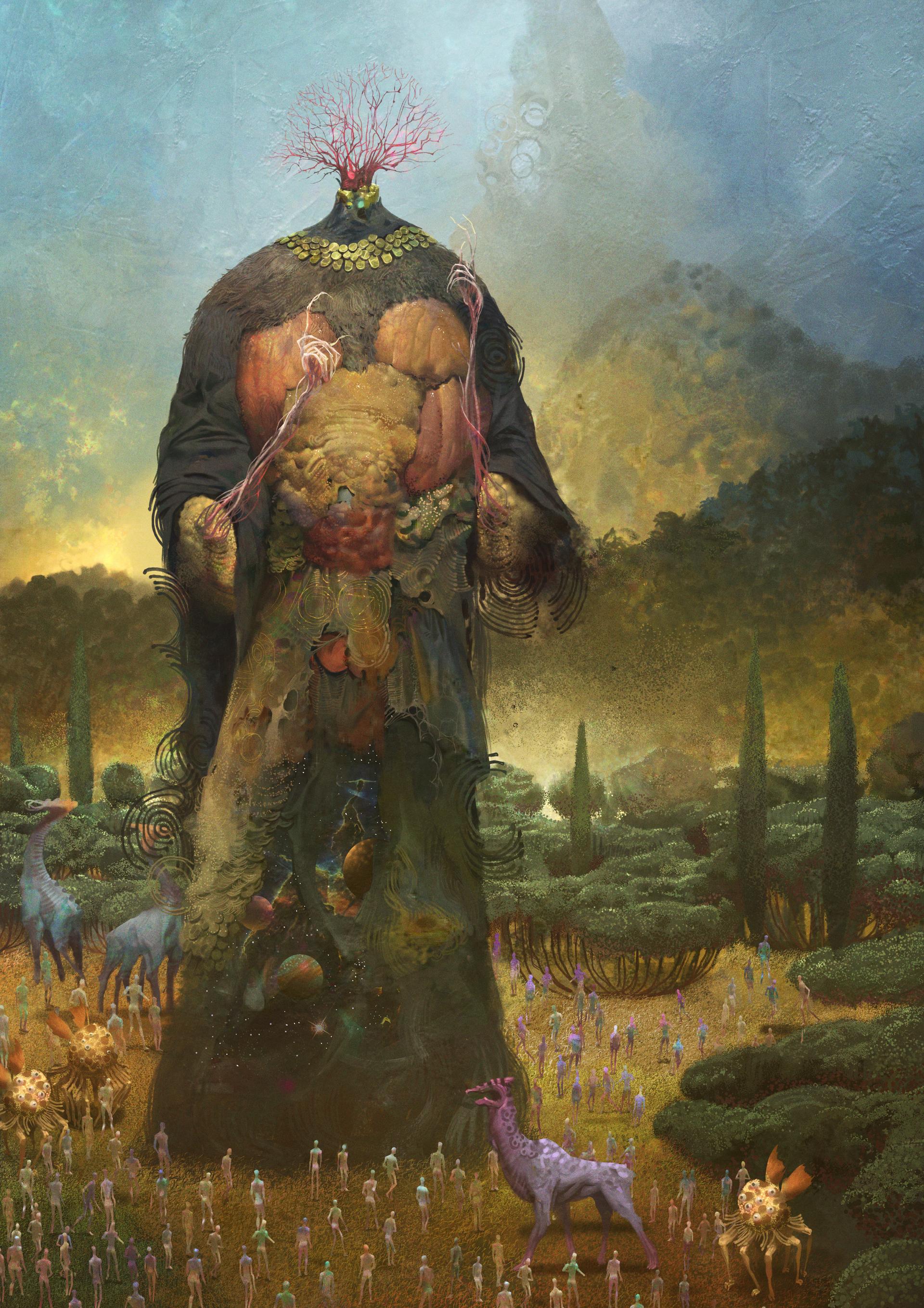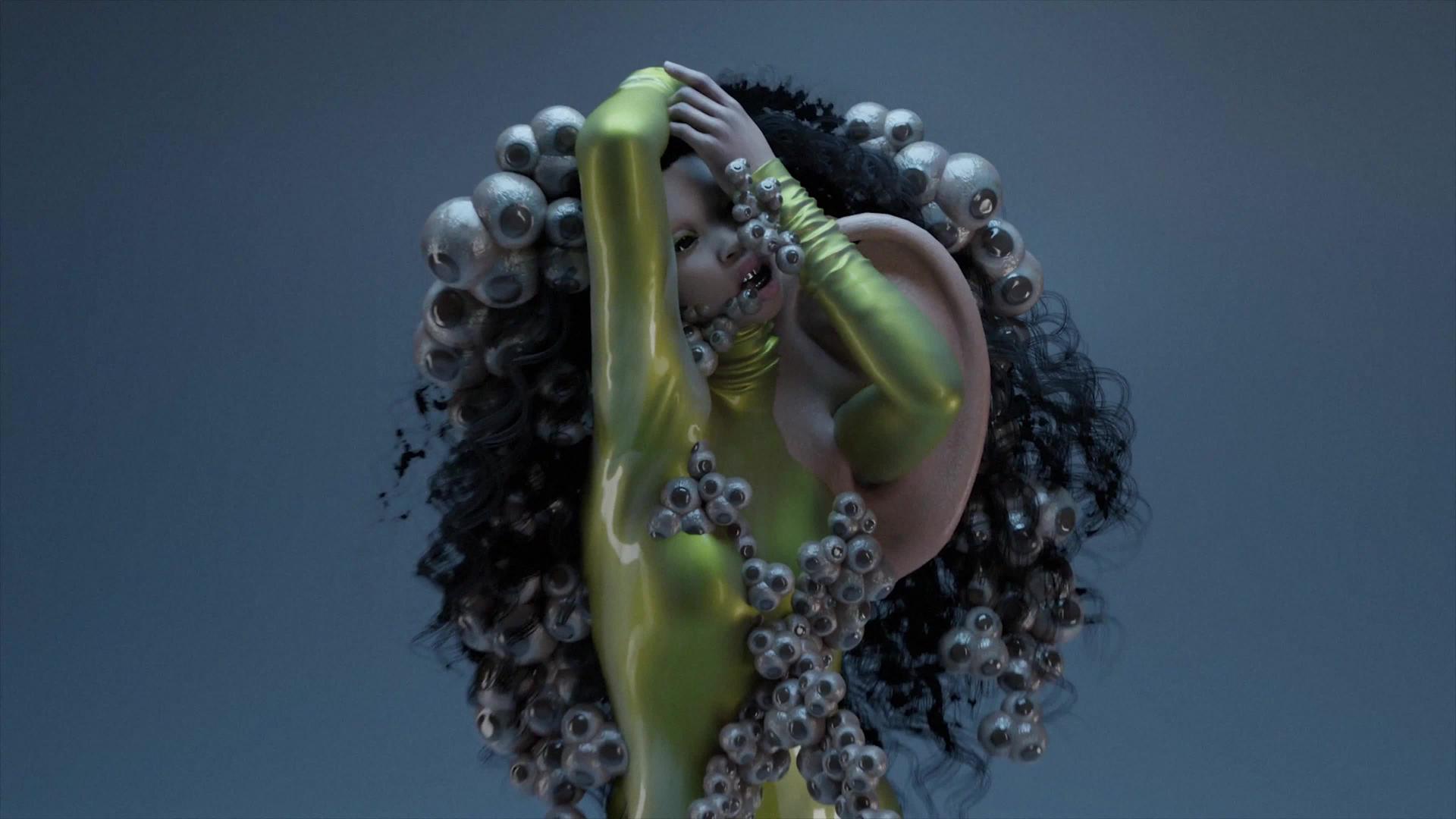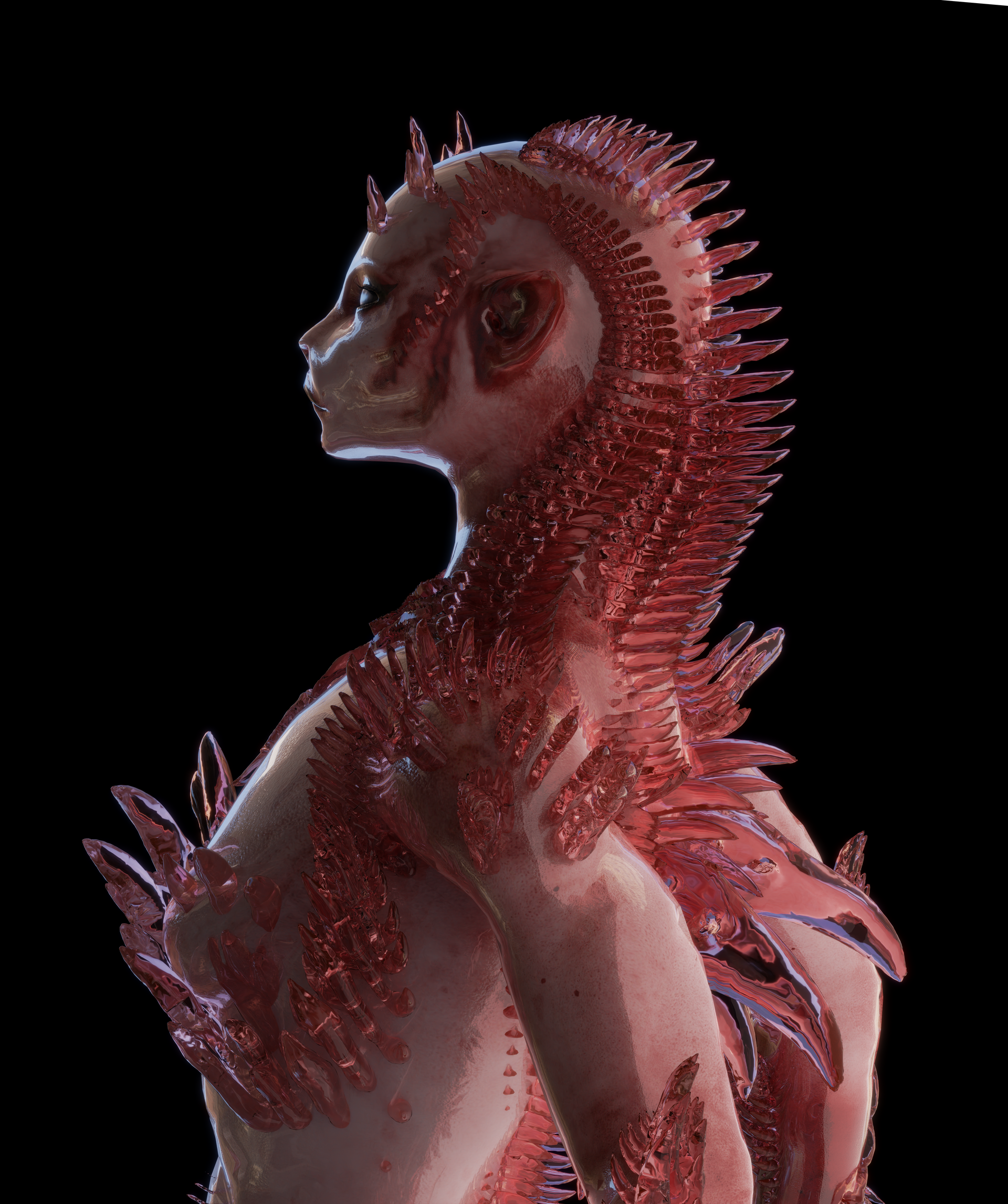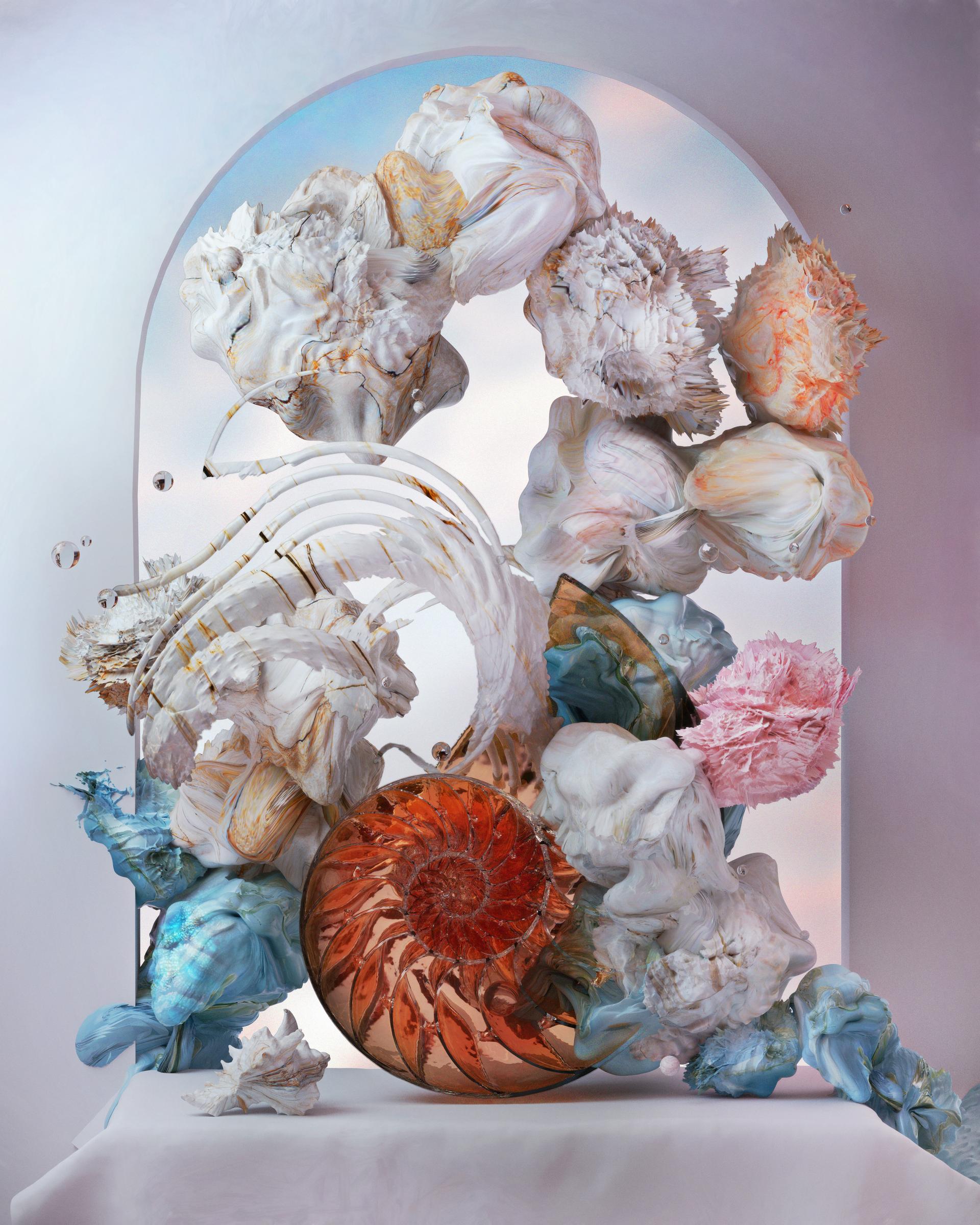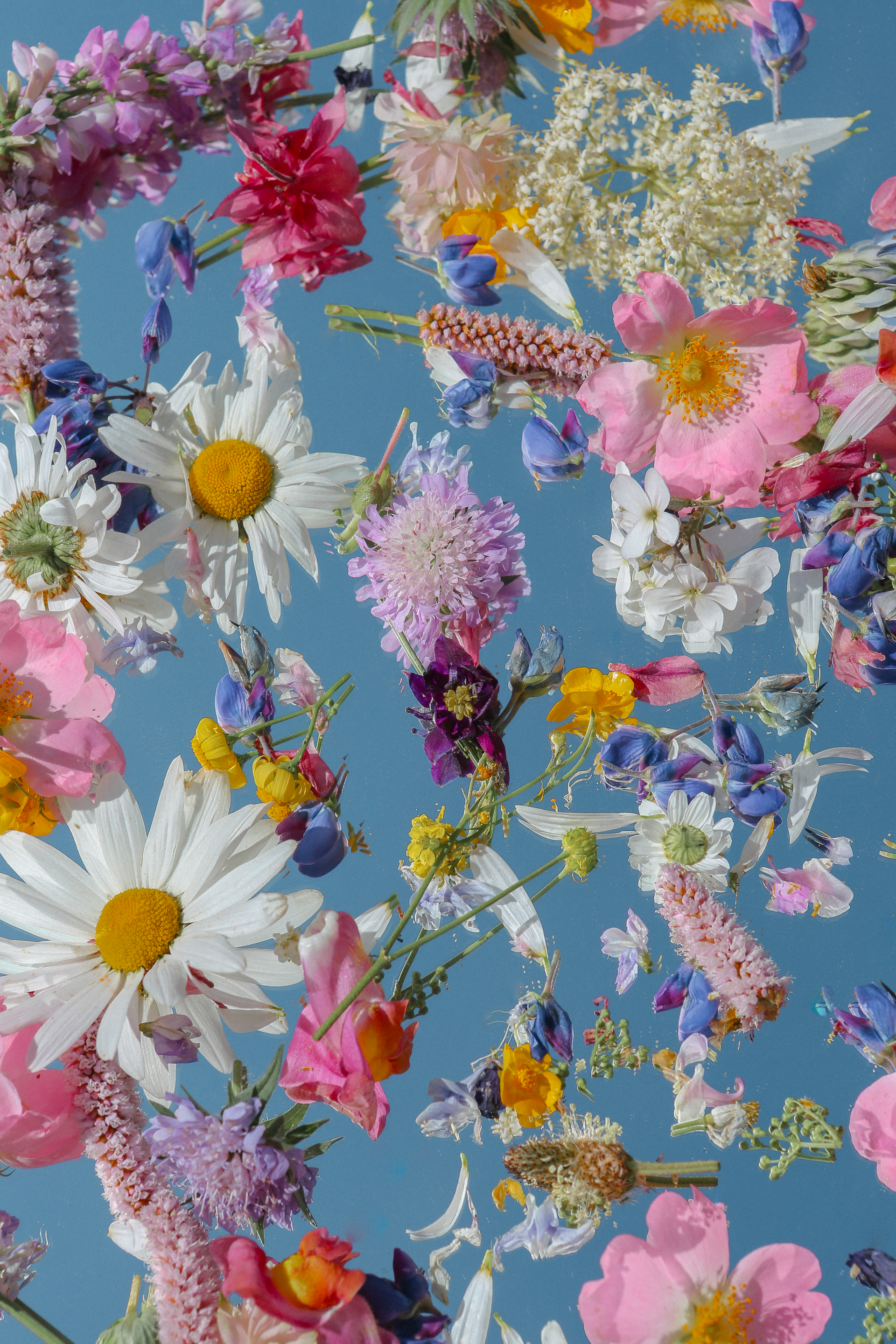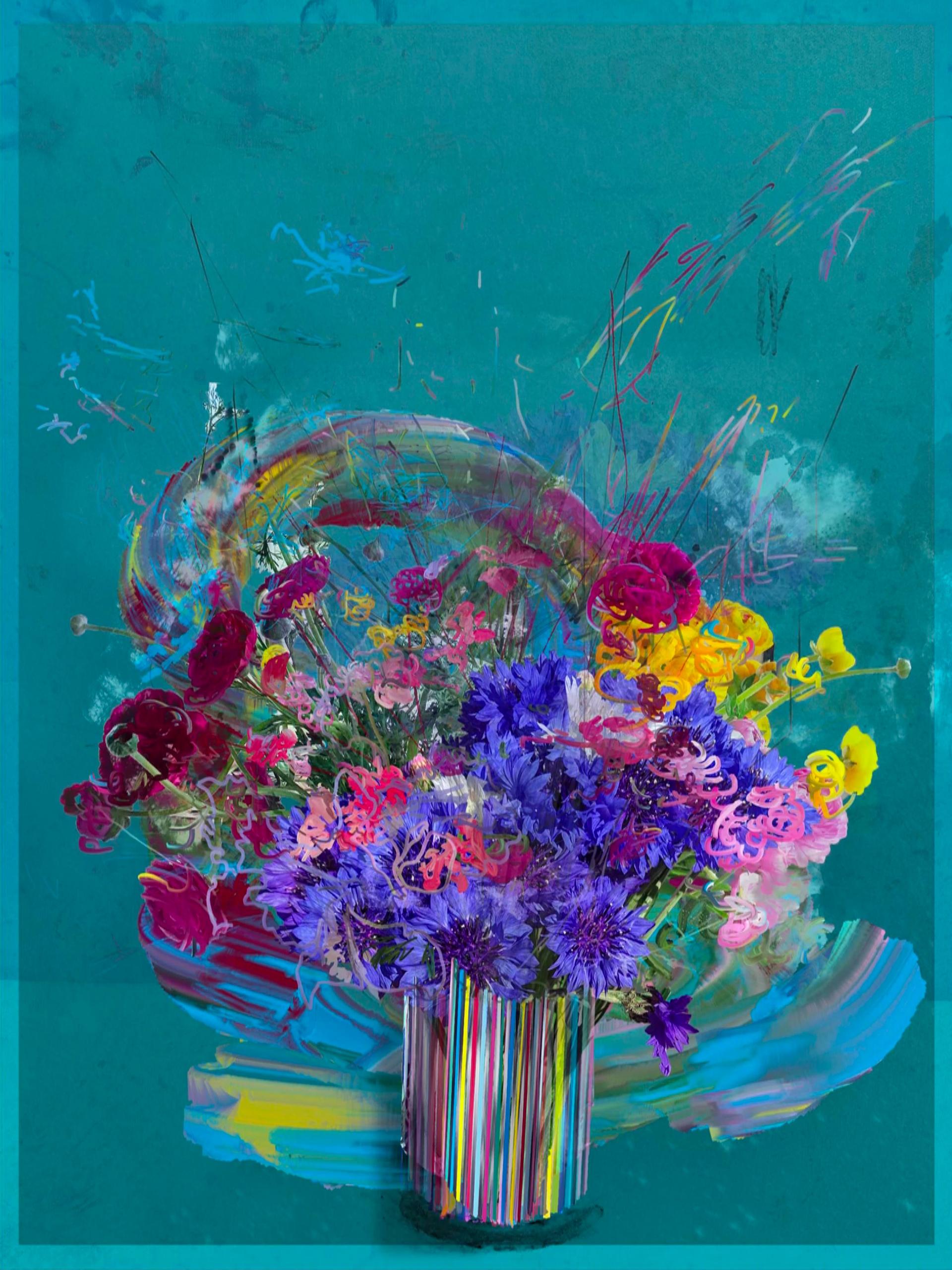Nature generates through a complex network of interactions and processes, constantly changing and adapting, with new life forms emerging and old ones fading away. The process of generation in nature can be seen in the growth of plants from seed to maturity, the formation of new ecosystems, and the evolution of species over time. The diversity of the natural world is a testament to the endless possibilities of generation and the ongoing process of creation; a creation that can be perceived to emanate from physical, biological, computational, divine or ethereal beginnings, depending on your beliefs.
The beauty of generative creation is that it allows for the unexpected, the emergence of something new, something that couldn't have been preconceived. It is a reminder that the wonders of the universe can be found not only in the grand structures of the cosmos but also in the intricate and ever-evolving systems that govern its functioning. It is an ongoing exploration of the unknown, the challenging of our own limits, and the embracing of the infinite possibilities.
The generative nature of existence is a strange and perplexing thing, a labyrinthine web of paradoxes and enigmas. It is a force that brings forth new forms and structures, yet also tears down the old. It is a force that creates order and beauty, yet also breeds chaos and destruction. And yet, perhaps the true nature of a generative force is something stranger still. Perhaps it is a force that exists beyond the boundaries of good and evil, a force that is both benevolent and malevolent.
Nature generates through a complex network of interactions and processes, constantly changing and adapting, with new life forms emerging and old ones fading away. The process of generation in nature can be seen in the growth of plants from seed to maturity, the formation of new ecosystems, and the evolution of species over time. The diversity of the natural world is a testament to the endless possibilities of generation and the ongoing process of creation; a creation that can be perceived to emanate from physical, biological, computational, divine or ethereal beginnings, depending on your beliefs.
The beauty of generative creation is that it allows for the unexpected, the emergence of something new, something that couldn't have been preconceived. It is a reminder that the wonders of the universe can be found not only in the grand structures of the cosmos but also in the intricate and ever-evolving systems that govern its functioning. It is an ongoing exploration of the unknown, the challenging of our own limits, and the embracing of the infinite possibilities.
The generative nature of existence is a strange and perplexing thing, a labyrinthine web of paradoxes and enigmas. It is a force that brings forth new forms and structures, yet also tears down the old. It is a force that creates order and beauty, yet also breeds chaos and destruction. And yet, perhaps the true nature of a generative force is something stranger still. Perhaps it is a force that exists beyond the boundaries of good and evil, a force that is both benevolent and malevolent.
